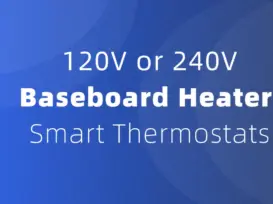Grus Home Energy - single-pole vs double-pole
**
In the field of electrical engineering and smart home technology, understanding the distinctions between single-pole and double-pole switches is fundamental for designing efficient, safe, and IoT-enabled systems. Single-pole switches control a single circuit from one location, typically used for basic lighting applications, while double-pole switches manage two separate circuits simultaneously, often employed for appliances requiring dual power sources or for isolating high-power devices during servicing. Advancements in industry applications leverage these switch types to enhance automation, enabling precise load control, fault detection, and remote operation within Home Energy Management Systems (HEMS).
Integrating these switches into smart home networks involves IoT connectivity, allowing real-time data collection and remote control via centralized platforms. Such innovations facilitate data-driven optimization strategies—reducing energy wastage, enhancing safety, and improving user convenience. Modern engineering principles emphasize compatibility with smart meters, sensors, and automated control algorithms, fostering cohesive energy solutions across residential environments.
Grus.io’s expertise in smart monitoring and automation aligns with industry trends by optimizing the deployment of single-pole and double-pole switching technologies within HEMS. These integrations support intelligent load management, predictive maintenance, and seamless automation, ultimately contributing to more efficient and resilient home energy ecosystems.
©2025 All Rights Reserved. Grus IoT Co.,Ltd.
